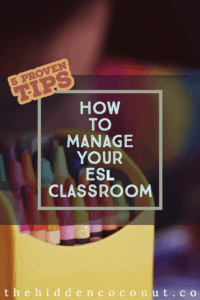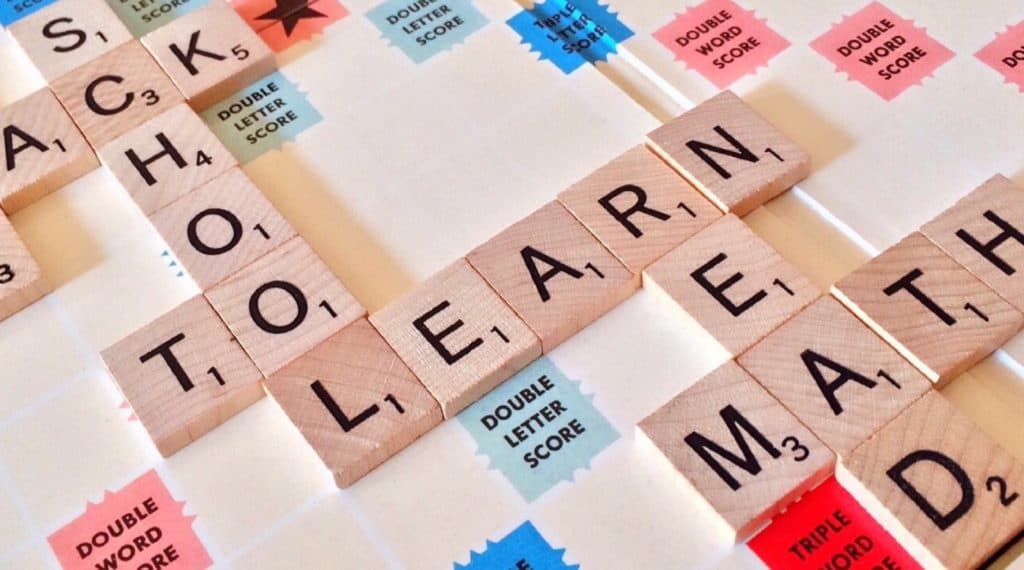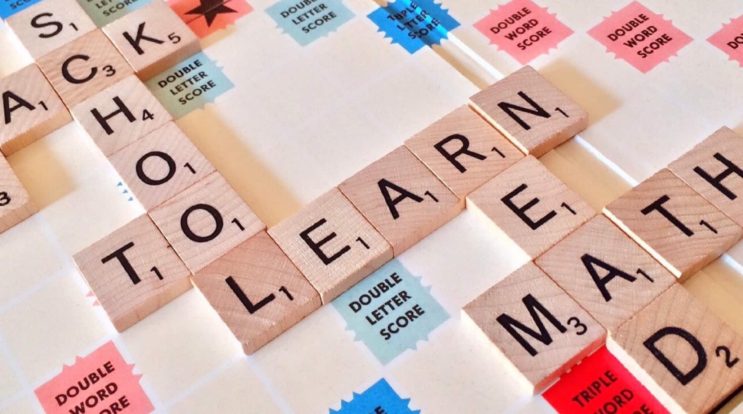When first starting out as an ESL teacher, classroom management is the last thing you’re thinking about. You might be more worried about if the students are going to like you, what you are going to teach them, do I even like being a teacher, and what did I get myself into.
From my five years of experience, classroom management starts the second you step foot into the classroom. Your first interactions with your new students are going to set the bar for the entire school year. You don’t want to be too fun and friendly, because you will have a hard time getting the students to listen to you. But you also don’t want to be too strict that the students are too afraid to interact with you.
So, what is a good balance?
I’ve compiled a list of classroom management tips for ESL teachers that have worked in my kindergarten classroom that may be helpful to you. Keep in mind that every class is different so what works for me, might not work for you. You can always adjust these tips for your class and your personality.

This post contains affiliate links. If you decide to make a purchase using a link, I may receive a small commission at no extra cost to you. Thank you for your support!
#1 Grab Their Attention
Young kids are often distracted by EVERYTHING around them.
It can be an eraser or their foot looks particularly interesting today. They have an attention span of a goldfish.
So in order for you to stay on track during your lesson, it’s important that you have something that will be more interesting than their foot.
So my first classroom management tip for ESL teachers is to use different objects that make interesting sounds to grab their attention.
In my classroom, I have a bike horn, a tambourine, and an assortment of different board pointer sticks.
If the class is getting too loud or too interested in something else, I use one of these things to get their attention. I also change how I am delivering the material since it clearly wasn’t exciting enough.
It’s important to remember that you have to be the most interesting thing in the room. Being able to adjust and adapt to the class is very important.

#2 Class Leaders and Volunteers
My students love volunteering and helping me in the classroom. They might not even know what they are volunteering for, but they are excited to come to the front of the class.
My second classroom management tip for ESL teachers is to choose class leaders and volunteers.
Often times it’s usually the same students that like to volunteer, leaving the shy students without an opportunity to get involved. It’s important that each student gets the chance to help in the classroom.
So, I wrote everyone’s name on a popsicle stick and put them in a jar. Whenever I need a volunteer, I just pick a name from the jar.
Depending on their level of understanding, you can also assign daily roles to each student.
These can include a pencil helper, board eraser, meteorologist (a student that tells everyone what the weather is like today), electrician (a student who turns on and off the lights), line leader, caboose, and anything else that you need help with throughout the day.
# 3 Desk and Table Set Up
The way that you set up the tables and desks for your ESL classroom, usually will depend on what kind of lesson you’re teaching.
I use three different setups in my classroom. The traditional lecture rows, groups, and a U-Shape.

Personally, I like the U-Shape the best because the students can all see each other and I can see all of them.
I can easily walk into the space and be interactive with my students. They will also end up policing each other when they see their friends doing something they aren’t supposed to be doing.
This means that they will tell their friends to stop talking so that you don’t have to!
#4 Stick to Your Consequences
In any classroom, rules are important. You should have at least five rules that you introduce to the students from day one.
My fourth classroom management tip for ESL teachers is to create rules that also have consequences if they are broken.
It’s your job as the teacher to enforce the rules and not let the students control you. I know it’s a lot easier said than done, but if you can master this skill, you will have an amazing classroom of students that will respect you.
My consequences have ranged from a variety of different things.
Some examples are: taking all the toys away, no cartoons in the afternoon, moving the student to the other side of the classroom, taking them to another teacher, or not allowing them to play during playtime.
The consequence must be something that the students really like otherwise it won’t be strong enough.
My students really like playing with toys during playtime. So, if I tell them no toys or actually remove the toys from the room, they are more likely to listen to me.
#5 Rewards
Rewards are just as important as consequences. When your students do a good job and have good behavior they should be rewarded.
My fifth classroom management tip for ESL teachers is to create a rewards system.
Kids love stickers which is why I created a reward chart for the classroom.
Each student gets a card of ten slots for stickers. Once the card is filled up I give them a small treat like candy or a toy.
There’s no limit to how many cards they can fill up and it creates a little competition in the class. This means more engaged students because they want to earn those stickers!

The Language Barrier
The most challenging aspect throughout your ESL classroom management is the language barrier. You have to keep in mind that these students are not fluent in English.
Actions can speak louder than words. There are going to be students that do not understand anything you say, but if you take away playtime, that changes the whole game.
There is also a stigma that foreign teachers are supposed to be “fun” teachers. This idea is that since we are foreign the students don’t take us as seriously as their native teachers.
This is a barrier that you will have to overcome, and it can be the most stressful part of the job.
Countless times I’ve seen foreign teachers trying to get their class to stop talking and listen for 5 minutes. But a native teacher can say, “Quiet,” one time and it is instantly silent.
These things can get under your skin and is something to be aware of and prepare for.
For more tips on ESL teaching check out
How to Be A Good ESL Teacher with No Experience, 5 Easy Tips
Do you need a TEFL certificate? I recommend this 120 hour TEFL course from Premier TEFL. You can complete this online course in just a few weeks and it’s very affordable.




This is such a great post! Thanks for sharing some helpful tips 🙂 I’m always looking for new and creative ideas to effectively manage a classroom.
No problem! Glad you find it useful